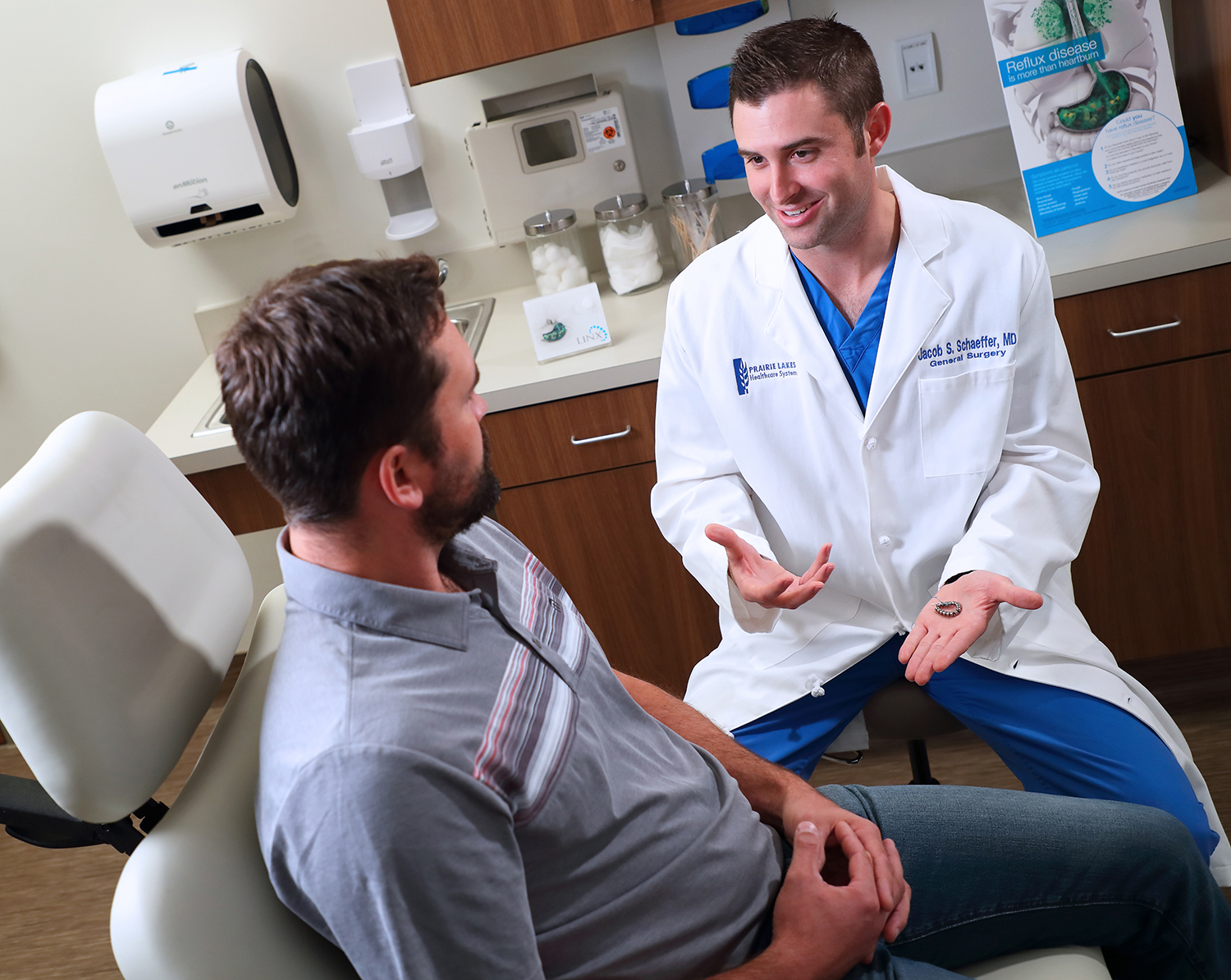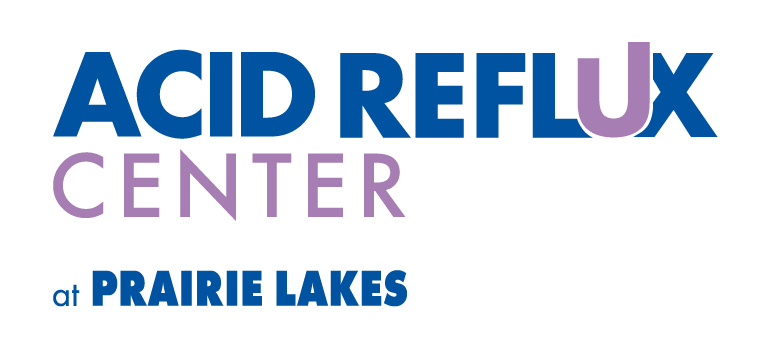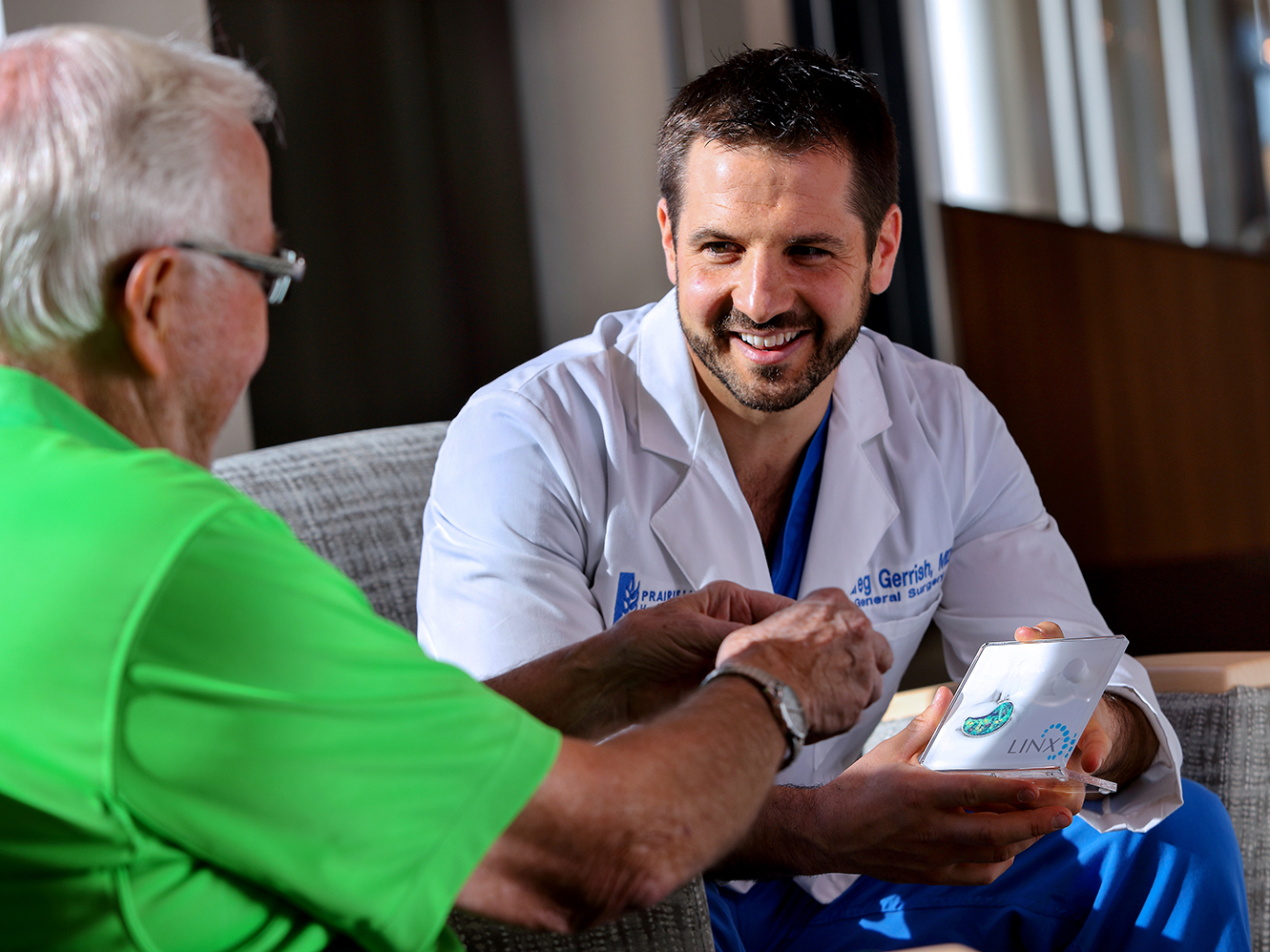Additional Info
- Sex of Baby - (req.) Boy
- Parent(s) Bayron & Tania
- Birthday: yyyy-mm-dd use popup on right > - (req.) December 28, 2018
- Time of Birth - (req.) 7:50 pm
- Weight (lbs) - (req.) 6
- Weight (oz) 11
- Length (number only) - (req.) 20
Published in
Newborn Baby Gallery
You’ve exhausted over-the-counter remedies.
You’re running out of things to eliminate from your diet.
You don’t know what else to do, but you’re tired of treating the symptoms.
You just want your reflux gone.
When should I see a doctor?
Heartburn symptoms are very common in the U.S. and many may feel like taking antacids daily is simply a part of life. If you suffer from chronic heartburn or similar symptoms, you may have gastroesophageal reflux disease (GERD), more commonly known as acid reflux. GERD happens when food and liquid from the stomach moves back up into the esophagus, causing irritation.
 Reflux Symptoms:
Reflux Symptoms:
- Heartburn or burning in the chest
- Regurgitation (food coming back up)
- Long term, daily use of antacids
- Chest pain
- Nausea after eating
- Sour taste in mouth
- Coughing, choking, or wheezing
- Difficulty swallowing
- Hiccups
- Belching or burping excessively
- Hoarseness or change in voice
- Sore throat
- Feeling that food is stuck behind the breastbone
If you want to take control of your symptoms, consultations with acid reflux specialists Dr. Greg Gerrish and Dr. Jacob Schaeffer are available. During your appointment, you can discuss your options, including diagnostic testing to better manage your treatment.

 Schedule a personalized consultation with Dr. Gerrish or Dr. Schaeffer by calling the General Surgery Clinic at the Prairie Lakes Specialty Clinic: 605-882-6864.
Schedule a personalized consultation with Dr. Gerrish or Dr. Schaeffer by calling the General Surgery Clinic at the Prairie Lakes Specialty Clinic: 605-882-6864.
Learn more:
Diagnostic Services Reflux Treatment
Published in
Acid Reflux Center
During a consultation with Dr. Gerrish or Dr. Schaeffer you can discuss your symptoms and next steps to manage your acid reflux. Next steps could include diagnostic testing to find the best, personalized treatment option. Treatments include nonsurgical options like acid-reducing medicines, diet, and lifestyle changes and surgical solutions, including the innovative LINX system.
LINX Reflux Management System
The LINX® System is a treatment option for patients with chronic acid or GERD. It is a small, flexible ring of magnetic, titanium beads placed around a patient’s existing weak esophageal sphincter. The beads pull together to inhibit reflux by helping to close the esophageal sphincter and restore the body’s natural reflux barrier. For eating, swallowing, belching, or vomiting, the beads expand and separate to allow passage.
LINX is placed around the lower esophageal sphincter (LES) during a minimally invasive procedure. During the procedure, patients are placed under general anesthesia and LINX is placed. The entire procedure typically takes less than an hour and patients are discharged either the same or next day and can resume a normal diet.
Published in
Acid Reflux Center
Prairie Lakes Healthcare System is proud to announce the Specialty Clinic is enhancing services to manage the care of patients with acid reflux. Patients can now make appointments with the Acid Reflux Center at Prairie Lakes. The Acid Reflux Center is an option for those suffering from heartburn or acid…
Published in
News and Announcements
Additional Info
- Sex of Baby - (req.) Boy
- Parent(s) Kyle and Lexus
- Birthday: yyyy-mm-dd use popup on right > - (req.) January 03, 2019
- Time of Birth - (req.) 02:48 PM
- Weight (lbs) - (req.) 7
- Weight (oz) 3.8
- Length (number only) - (req.) 20
- Special Message (no quotes) Ryker's little brother!
Published in
Newborn Baby Gallery
Additional Info
- Sex of Baby - (req.) Boy
- Parent(s) Andrew and Sabrina
- Birthday: yyyy-mm-dd use popup on right > - (req.) January 04, 2019
- Time of Birth - (req.) 2:41pm
- Weight (lbs) - (req.) 8
- Weight (oz) 3
- Length (number only) - (req.) 20
- Special Message (no quotes) The task ahead of you is never as great as the power behind you.
Published in
Newborn Baby Gallery
Additional Info
- Sex of Baby - (req.) Girl
- Parent(s) Angel and Perla
- Birthday: yyyy-mm-dd use popup on right > - (req.) January 03, 2019
- Time of Birth - (req.) 10:38am
- Weight (lbs) - (req.) 6
- Weight (oz) 11
- Length (number only) - (req.) 19
Published in
Newborn Baby Gallery
Additional Info
- Sex of Baby - (req.) Girl
- Parent(s) Dylan and Katrina
- Birthday: yyyy-mm-dd use popup on right > - (req.) January 04, 2019
- Time of Birth - (req.) 3:47 pm
- Weight (lbs) - (req.) 9
- Weight (oz) 2.5
- Length (number only) - (req.) 20 1/2
- Special Message (no quotes) Our little peanut
Published in
Newborn Baby Gallery
Additional Info
- Sex of Baby - (req.) Boy
- Parent(s) Rachel and Ross
- Birthday: yyyy-mm-dd use popup on right > - (req.) January 05, 2019
- Time of Birth - (req.) 2:04 PM
- Weight (lbs) - (req.) 7
- Weight (oz) 11
- Length (number only) - (req.) 19 3/4
Published in
Newborn Baby Gallery
Jessica and Ken Williams of Estelline welcomed their new baby girl Violet Grace at 8:30 a.m. on January 1, 2018, weighing 9 lbs 1 oz. Violet is the first baby to be born at Prairie Lakes Healthcare System in Watertown for the 2019 year. Her big brother Jack is excited to…
Published in
News and Announcements
We can help you find a doctor. Call 605-882-7000 or search online.